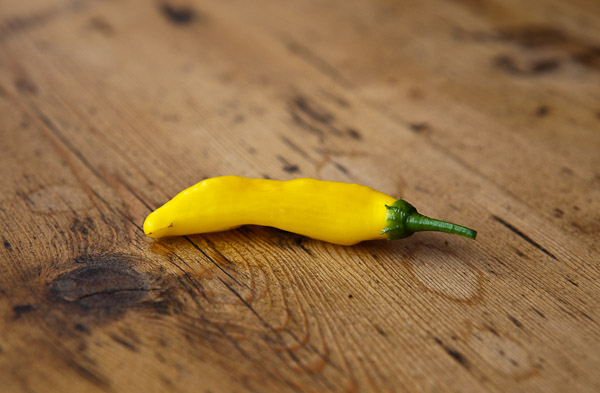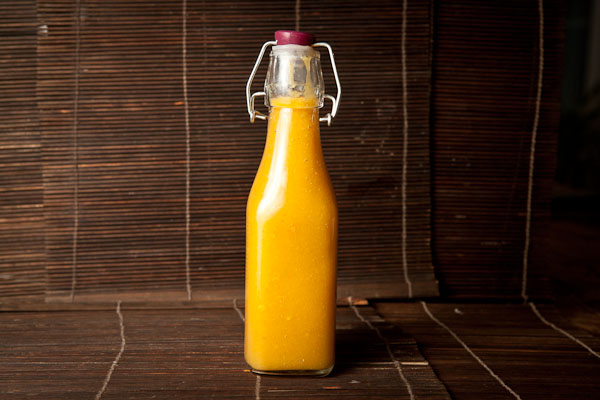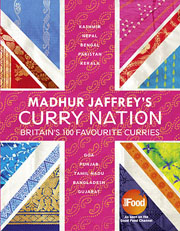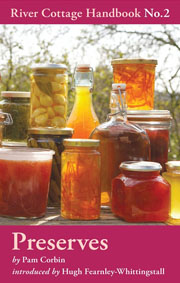Whilst having a meal out the a few weeks ago I was marveling at how nice the lassi tasted. Whether in a Raita or a Lassi, shop bought yogurt just never seems to have that strange combination of creaminess and tanginess that restaurant yogurt tends to have.
Yogurt always tastes better in an Indian restaurant and I suspect that 9 times out of 10 it is because they’ve made the yogurt themselves or bought it from a local supplier using more traditional techniques than large scale western manufacturers.
I promised myself that I’d make some homemade yogurt that weekend and after a few efforts here is the surprisingly recipe I’ve settled on.
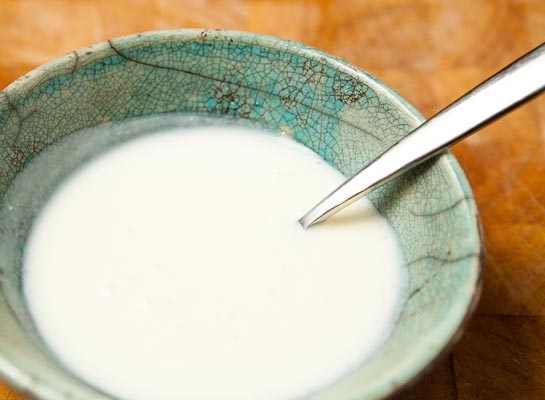
While the actual process of incubating the yogurt takes about 12 hours the preparation time is only about 5 minutes. All you need is milk (i use semi skimmed but any sort works) and about 2-3 tablespoons of natural yogurt to use as a starter. Assuming you’re using shop yogurt as your starter be sure that the label says something like “contains live cultures”.
Ok, so here’s how to make your own yogurt at home:
1. Add about 2 liters of milk to a pan and place on a medium heat.
2. Bring the temperature of the milk up to 200 degrees Fahrenheit, stirring continuously to avoid burning the milk. Don’t worry too much if you don’t have a cooking thermometer. You need to heat the milk until it is almost too hot to dip your finger in to it but before it reaches a boil.
3. Remove from the heat and sit the pan in a sink of cold water until the temperature reaches 115 degrees Fahrenheit. Again if you have no thermometer when you dip your finger in it will fee ‘nicely warm’. This temperature allows the yogurt cultures to incubate in the milk.
4. Put 2-3 tablespoons of your starter yogurt into a large bowl and gently whisk in 1 cup of the warm milk.
5, Once mixed add the rest of the milk gradually and stir thoroughly with the whisk.
6. Place cling film or a towel over the bowl and place in the airing cupboard over night. I find about 12 hours works best for us. Alternatively a lot of people warm there oven for a few minutes, switch it off ten place the yogurt inside in a pot wrapped in towels, leaving the oven light on overnight to create some residual heat.
The longer you leave the yogurt to incubate the more set and tangy it will become. You may find some clear liquid sitting on top of the finished yogurt. This is the whey. You can strain the yogurt to remove this (resulting in something more like Greek yogurt) or simply stir it back in to the yogurt.
I’ve found using frozen yogurt as a starter works equally well. As soon as I have made a fresh batch I freeze a cups worth to use in the future as a starter. In a sealed container it lasts for at least 2 week in the fridge.


